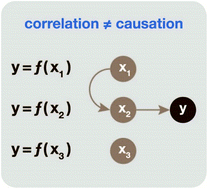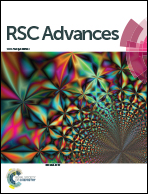Causal inference methods to assist in mechanistic interpretation of classification nano-SAR models†
Abstract
Knowledge about the toxicity of nanomaterials and factors responsible for such phenomena are important tasks necessary for efficient human health protection and safety risk estimation associated with nanotechnology. In this study, the causation inference method within structure-activity relationship modeling for nanomaterials was introduced to elucidate the underlying structure of the nanotoxicity data. As case studies, the structure-activity relationships for toxicity of metal oxide nanoparticles (nano-SARs) towards BEAS-2B and RAW 264.7 cell lines were established. To describe the nanoparticles, the simple ionic, fragmental and “liquid drop model” based descriptors that represent the nanoparticles' structure and characteristics were applied. The developed classification nano-SAR models were validated to confirm reliability of predicting toxicity for all studied metal oxide nanoparticles. Developed models suggest different mechanisms of nanotoxicity for the two types of cells.


 Please wait while we load your content...
Please wait while we load your content...